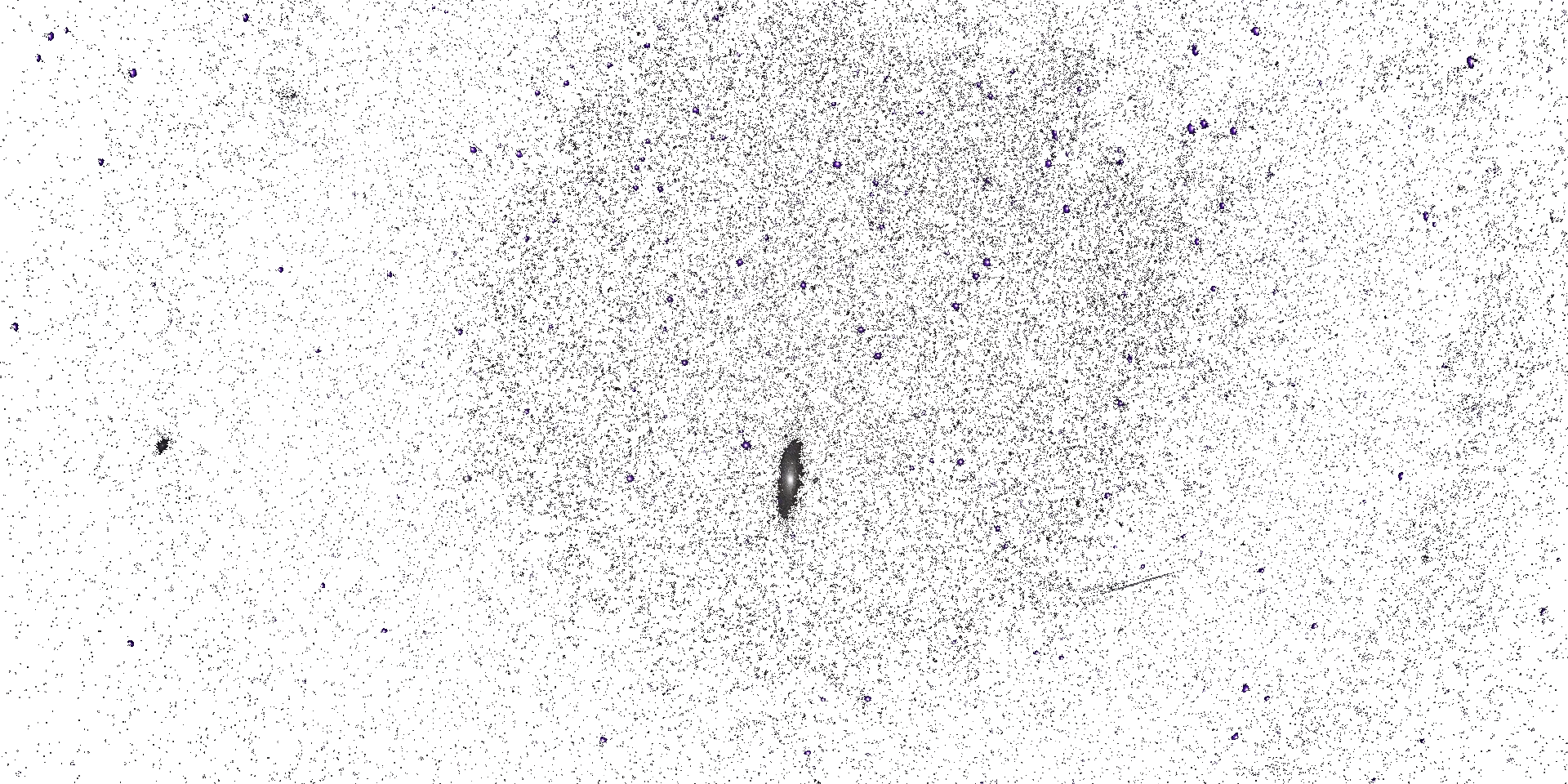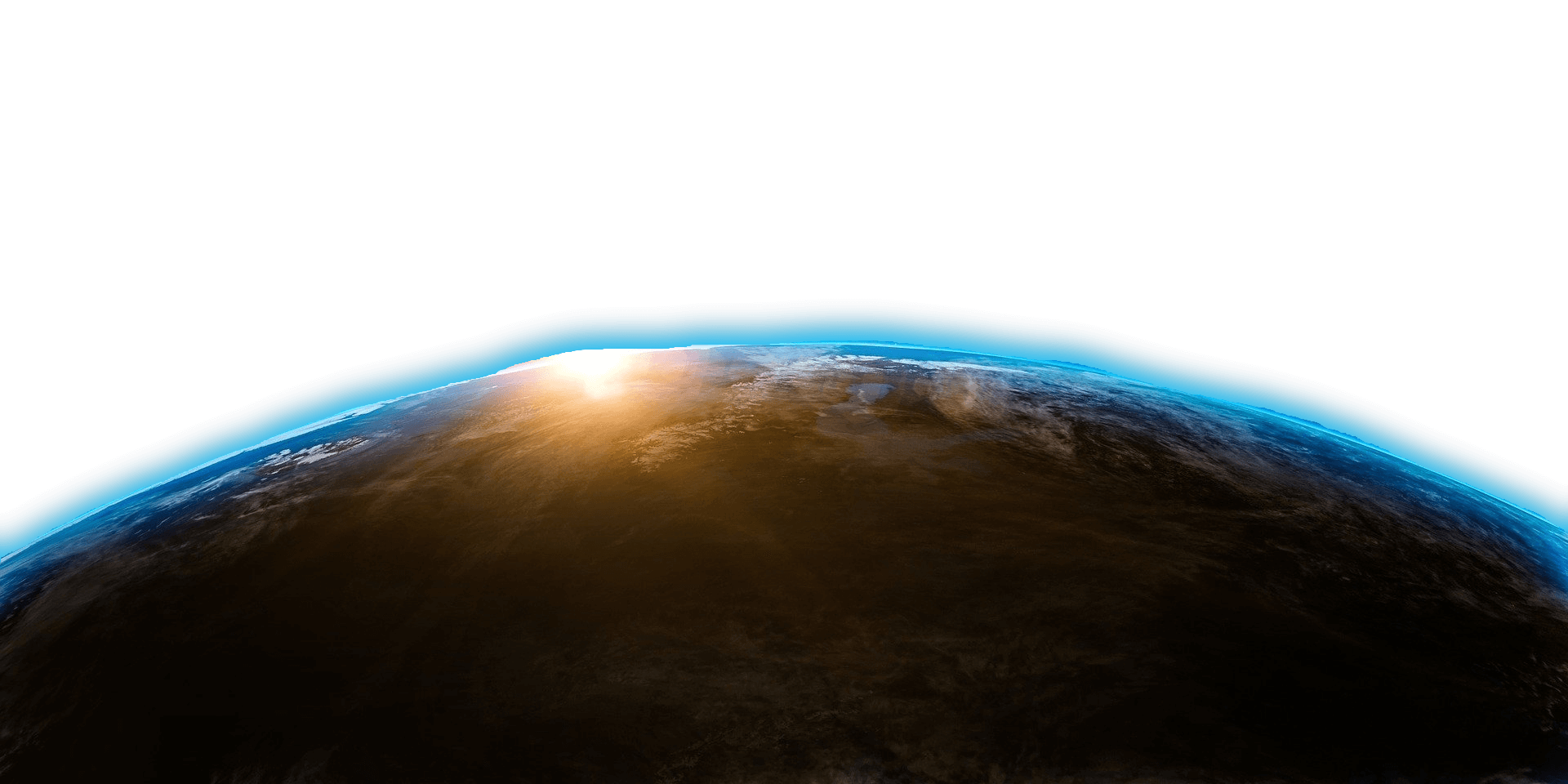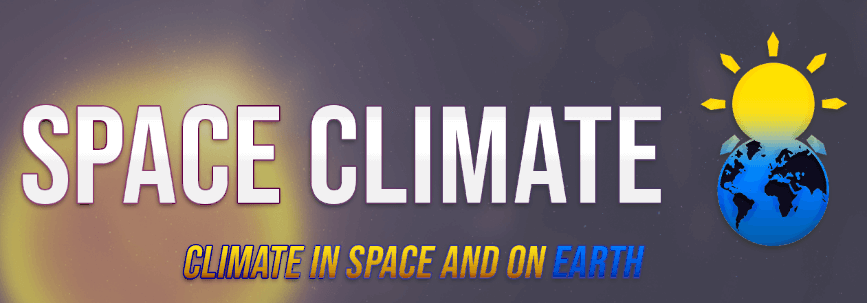




Space Climate 8 Meeting Abstract
Magnetic storms during the space age
Kalevi Mursula (University of Oulu)
Timo Qvick, Lauri Holappa, Timo Asikainen
We study the occurrence of magnetic storms in space age (1957-2021) using Dst and Dxt indices. We find 2526/2743 magnetic storms in the Dxt/Dst index, out of which 45\% are weak, 40\% moderate, 12\% intense and 3\% major storms. Storms in space age are characterized by a slow but unsteady decrease of sunspot activity. We quantify the sunspot - CME storm relation in the five cycles of space age. We explain how the varying activity changes the structure of the heliospheric current sheet, and how this affects the HSS/CIR storms. Space age started with a record number of storms in 1957-1960, roughly one storm every week, followed by a dramatic reduction in 1960s to one storm per month. Subsequent increase in sunspot activity increased solar polar fields to maximum in cycle 22, leading to an exceptionally thin HCS and a space age record of large HSS/CIR storms. Thereafter in cycle 23, most dramatically and for the only time in space age, CME storm occurrence reduced below that predicted by sunspots. Weak sunspot activity since cycle 23 has also weakened solar polar fields and widened the HCS, decreasing the occurrence of large and moderate HSS/CIR storms. Because of wider HCS, the Earth spends now 50\% of time, more than ever in space age, in slow solar wind. Wider HCS has also made large and moderate HSS/CIR storms occur in the early declining phase in recent cycles, while in cycles 20-22 they occurred in the late declining phase.
Mode of presentation: oral (Need to be confirmed by the SOC)
